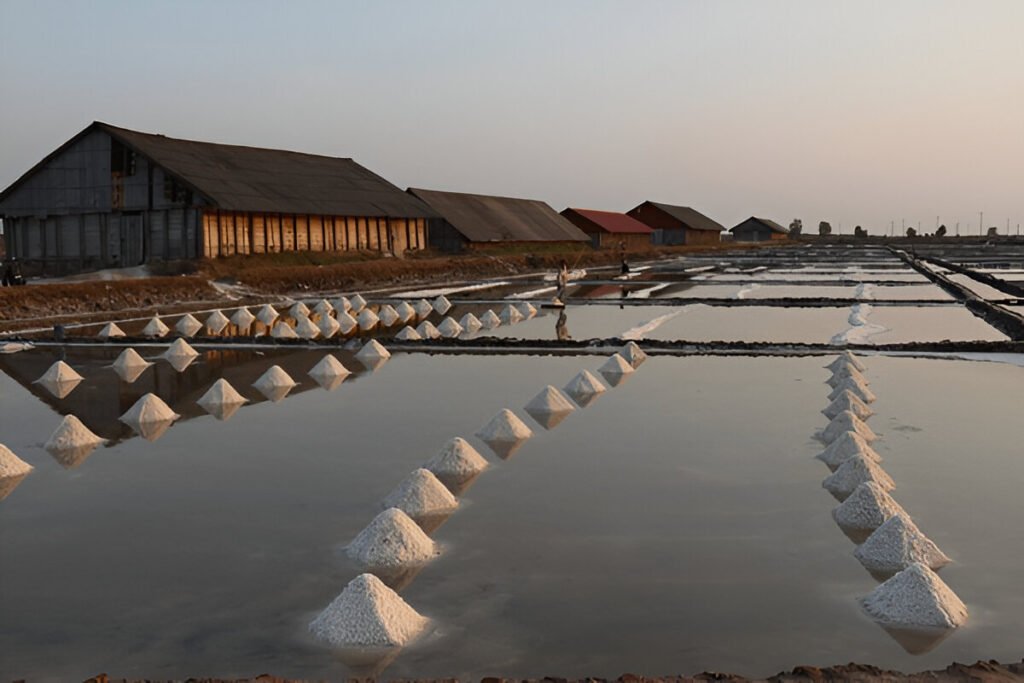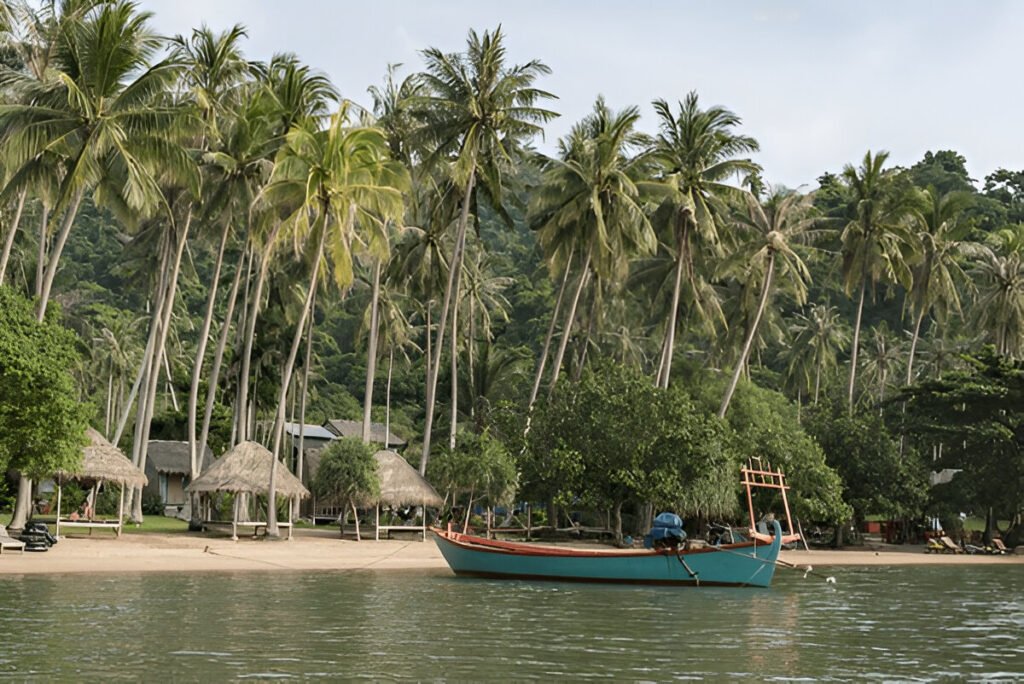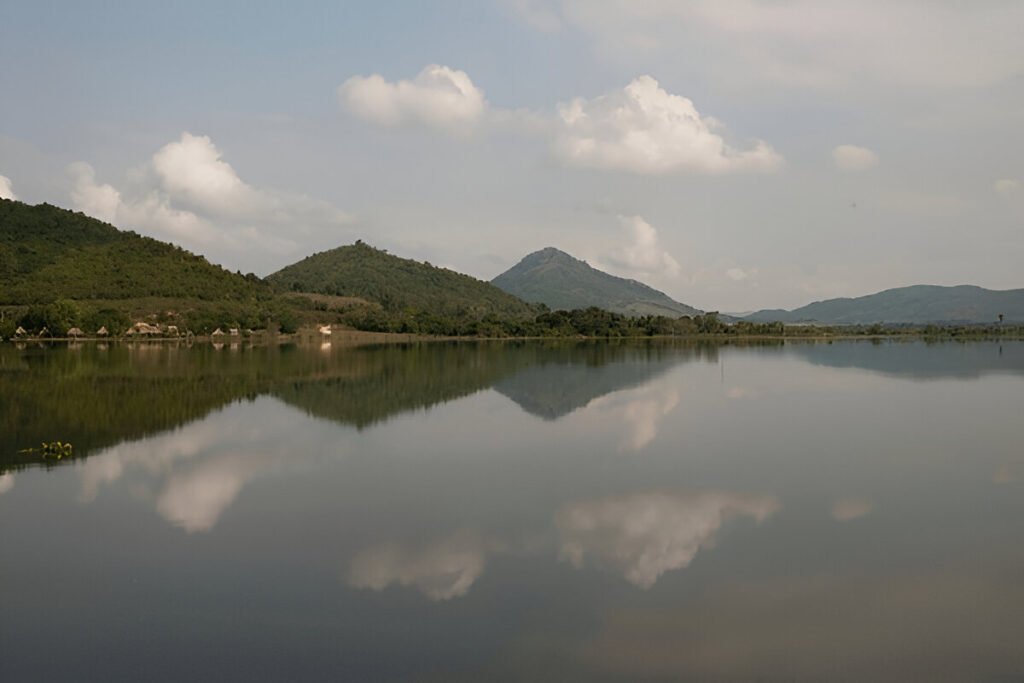Introduction:
Emblematic of Macau’s rich cultural history, the Ruins of St. Paul’s offer visitors a breathtaking journey through time. Nestled in the heart of Macau, a dynamic region where East meets West, this majestic façade stands as the last vestige of the greatest of Macau’s churches. As a UNESCO World Heritage Site, it is a must-see destination for anyone who appreciates history, art, and architecture, offering fascinating insights into the centuries-old narratives of faith, resilience, and cultural symbiosis.
Journey into History: A Glimpse of St. Paul’s Majestic Ruins
The Ruins of St. Paul’s, regarded as the "Vatican of the Far East," are all that remain of the Church of Mater Dei built in the early 17th century. This incredible monument, featuring intricate carvings and sculptures, was once a part of the St. Paul’s College and the Cathedral of St. Paul, a 17th-century Portuguese cathedral dedicated to Saint Paul the Apostle. A devastating fire in 1835 left only the southern stone façade and the crypts intact, rendering the once magnificent structure into captivating ruins.
The façade itself stands 27 meters high and 23.5 meters wide, a towering testament to the grandeur of the original church. The four tiers of the façade are filled with intricate carvings and statues, that depict various biblical scenes and symbols. The uppermost tier showcases a dove, representing the Holy Spirit, surrounded by stone carvings of the sun, moon, and stars. This architectural masterpiece is a stunning fusion of European Renaissance and oriental artistic influences, making it a unique icon in Macau.
Discovering the Stories Behind the Iconic Facade of St. Paul’s
Delving deeper into the details of the façade, visitors can uncover a myriad of stories. The lowermost level features carvings of the founders of the Jesuit Order, along with other religious figures, while the upper levels depict biblical scenes and motifs. The intricate stone carvings are believed to have been the work of Japanese Christians who fled to Macau during the persecution era in Japan. These carvings represent a convergence of different cultures and are a testament to the multicultural heritage of Macau.
The crypt and the remnants of the old walls also narrate compelling stories of the past. The crypt houses relics of Japanese and Vietnamese martyrs alongside the remains of Alexandrino de Rhodes, a significant figure in the spread of Catholicism in Vietnam. The old walls, on the other hand, have witnessed countless historical events, from the expansion of Christianity to the political shifts in Macau’s history.
Description of the Attraction:
The Ruins of St. Paul’s are a stunning spectacle, an imposing façade of granite displaying beautifully carved religious symbols and figures. The site is adorned with a grand stairway leading to the façade, creating a theatrical visual impact. At night, the site is illuminated, casting a mystical aura over the ruins.
The local culture in Macau is a blend of Portuguese and Chinese influences, and this is reflected in the architectural style of the ruins. The intricate carvings on the façade exhibit a fusion of Eastern and Western motifs. Visitors can experience this unique cultural amalgamation by exploring the site and the surrounding area, which is filled with traditional Chinese and Portuguese buildings.
Things to Do:
Visitors can walk up the grand staircase to view the façade up close and marvel at the intricate carvings. The rear of the monument houses a museum showcasing relics and artefacts related to Christianity in Asia. Additionally, visitors can venture into the crypt and explore its historical exhibits.
Nearby, visitors can explore the bustling streets of Macau, filled with traditional shops selling local delicacies, crafts, and antiques. The Mount Fortress, located beside the ruins, offers panoramic views of Macau and is a popular spot for photography.
Local Tips:
The best time to visit is during the early morning or late afternoon when the weather is cooler. As the ruins are an open-air attraction, it’s a good idea to carry an umbrella or hat. Comfortable footwear is recommended as there’s a lot of walking involved.
As Macau is a fusion of Chinese and Portuguese cultures, English is not widely spoken. It would be helpful to learn a few basic phrases in either Cantonese or Portuguese.
How to Get There:
The Ruins of St. Paul’s is accessible by public transport, taxi, or on foot from several major hotels. It’s a 15-minute walk from the Senado Square, one of the busiest areas in Macau.
Nearby Attractions:
The Macau Museum and Mount Fortress are located nearby and offer deeper insights into the history and culture of Macau. The bustling Senado Square, with its pastel-coloured neo-classical buildings, is also a short walk away.
Conclusion:
The Ruins of St. Paul’s is more than just a historic landmark; it’s a testament to Macau’s vibrant cultural heritage and resilience. By exploring these majestic ruins, one can step back in time and immerse in a rich tapestry of history, faith, and artistic brilliance. So, whether you’re a history buff, a culture vulture, or simply a curious traveler, the iconic façade of St. Paul’s is bound to leave you awe-struck.






